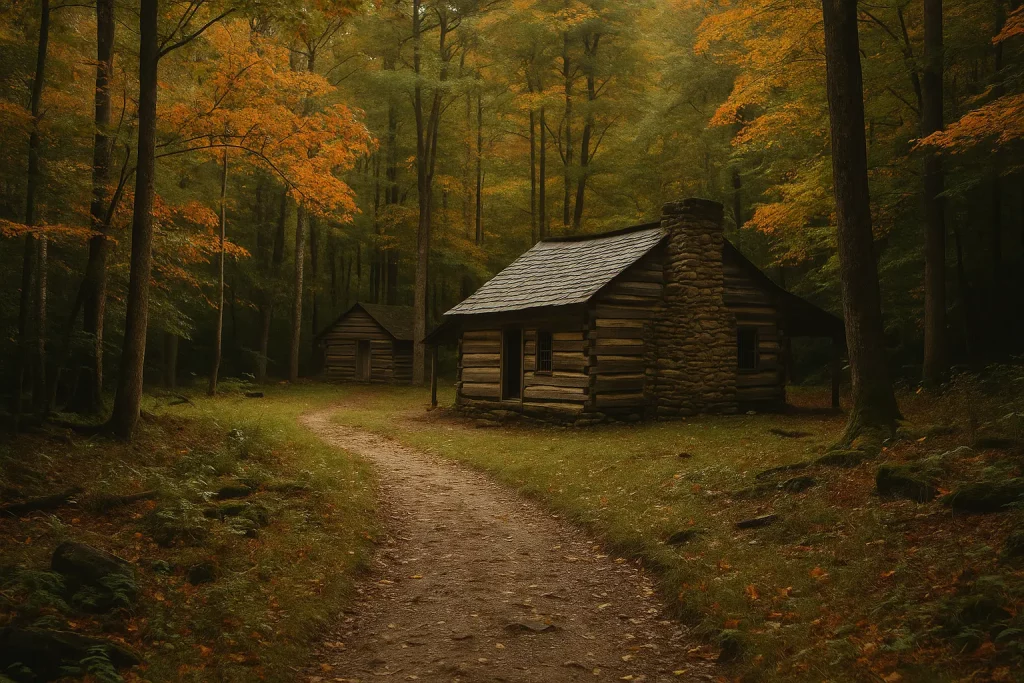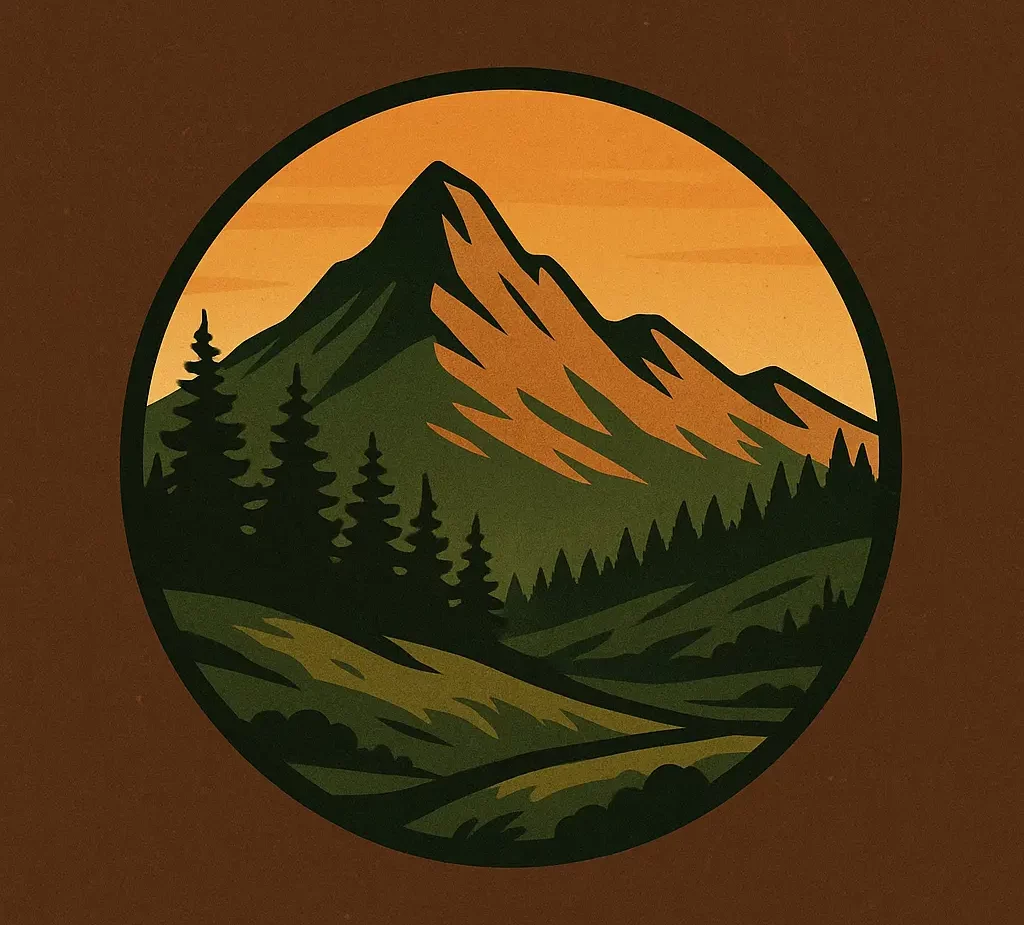
Note: This is a first-person role-play review told as if I’m Kayla Sox on a full AT hike.
A quick trail hello
I walked from Georgia to Maine with a pack that felt like home. I made mistakes. I fixed them in small town shops. You know what? The right supplies matter more than almost anything. Before I set out, I skimmed the thorough gear breakdown on PrairieBluff, and the concise tips there helped me avoid a few rookie errors right from the start. For a rain-focused perspective, I also studied an illustrated Appalachian Trail gear list from GORE-TEX, which convinced me to keep my pack liner no matter how sunny the forecast looked.
For anyone who loves to nerd out over exact gear spreadsheets, you can also skim my complete AT gear list that I kept updated from Springer to Katahdin, and then compare it against REI’s Appalachian Trail backpacking gear list for a broader set of gear philosophies.
Let me explain what worked, what didn’t, and the weird little things that ended up being gold.
My pack and shelter: keep it simple, keep it steady
I started with an Osprey Aura AG 65. It carried well when my food bag was full and heavy. The hip belt hugged my hips, and the back panel kept me cool on those hot Virginia ridges. Later, I switched to a Hyperlite Mountain Gear 2400 Southwest to drop weight. The switch was great, but I had to pack neat. No lazy stuffing.
For shelter, I used a Big Agnes Copper Spur HV UL2. It felt roomy for storms. Freestanding helped on wooden tent pads in New England. I did try a friend’s Zpacks Duplex for three nights in Vermont. So light. But in wind, I had to mind my pitch and my stake angles. Tradeoffs.
One note: I lined my pack with a simple trash compactor bag. Cheap, tough, and dry. My quilt stayed warm even in the Smokies when the rain just sat in the air.
Sleep system: warm enough to smile
I slept under an Enlightened Equipment Revelation 20°F quilt. It breathed well and felt cozy. On cold March nights near Clingmans Dome, I wore a hat and socks and cinched the footbox tight. On muggy nights in Virginia, I kicked a leg out and used it like a blanket. It worked. It just worked.
My pad was a Therm-a-Rest NeoAir XLite NXT. Quiet enough, warm enough. I patched one tiny leak with the repair kit at a picnic table in Hot Springs, NC. Took ten minutes. Saved my night.
Pillow? I tried a jacket in a stuff sack. My neck said no. I bought a small NEMO Fillo Elite in Damascus, and I never looked back.
Cook and water: fast, clean, and no drama
I carried an MSR PocketRocket 2 stove and a Toaks 750 mL pot. Coffee in the morning, ramen at night, and sometimes instant potatoes with a tuna packet tossed in. I also carried a long-handled Toaks spoon. The long handle keeps your fingers out of cheesy mashed potatoes. Trust me, that matters.
Water was the Sawyer Squeeze on Smartwater bottles. I paired it with a CNOC Vecto 2L bag as my dirty water bag. The wide mouth made scooping from shallow streams easy. I backflushed the Sawyer every few days. When it slowed down near Hanover, I picked up a fresh one. Ten bucks well spent.
Electrolytes kept the cramps away. I used Liquid I.V. on big climb days and plain Nuun when I was tired of sweet stuff. Small packs, big help.
Clothes and rain: just enough layers
- Puffy: Patagonia Micro Puff Hoody. Light, warm, and still fine after so many town laundromats.
- Fleece: A thin grid fleece (REI Co-op brand). It breathed on climbs and didn’t feel swampy.
- Base: One short sleeve, one long sleeve. I liked merino for stink control early on, then switched to a synthetic shirt in summer.
- Bottoms: Running shorts for hiking. Thin leggings for sleep.
- Socks: Darn Tough Micro Crew. I carried three pairs. Two for hiking, one dry pair for camp. I swapped old pairs for new at trail towns with their lifetime deal. That felt like magic.
- Rain: Frogg Toggs Ultralite jacket for most of the trail. Not fancy, but light and cheap. I switched to an Outdoor Research Helium jacket in New Hampshire because the Toggs had a few tears. Both kept me fine.
I used a simple nylon skirt over shorts on wet days. Funny, but it helped. Less chafe, faster dry.
Feet and poles: protect the engine
Shoes were Altra Lone Peak 7s for most of the way. Roomy toe box, nice for descents. I went through four pairs total. I tried HOKA Speedgoats for a stretch in Pennsylvania (hello, rocks). Great cushion, but my pinky toes complained. I went back to Altras.
Poles: Black Diamond Trail Ergo Cork. The cork grips stayed comfy even when my hands were salty all day. They saved me from a fall on a wet plank in Vermont. Worth their weight.
Blister care: Leukotape. A little roll lasts forever. I’d tape hot spots before big climbs. I also carried a tiny tube of Hydropel/BodyGlide for wet socks days. Small habit, big payoff.
If you want to see how other women hikers handle the same shoe swaps, blisters, and trail grit, take a look at PrairieBluff’s hands-on profile of Appalachian women hikers for their hard-won tips.
Food that kept me moving
My simple system:
- Breakfast: Instant oats with peanut butter powder and a splash of olive oil. Coffee with a pack of hot cocoa mixed in.
- Lunch: Tortillas with Starkist tuna, or summer sausage and cheddar. Sometimes two Snickers. No shame.
- Dinner: Idahoan potatoes, ramen bombs, or Knorr sides with extra olive oil. I added a ramen brick to potatoes more than I’d like to admit.
- Snacks: Peanut M&M’s, Nature Valley bars, and a bag of trail mix from Dollar General.
I cold-soaked for five days during a heat wave in Virginia using a Talenti jar. It worked, but I missed hot food. The stove came right back out.
Navigation and safety: the calm stuff you forget you need
FarOut (the app most hikers use) was my main guide. Offline maps, water notes, shelter miles, and all the little comments about blowdowns and bears. I kept my phone in airplane mode and checked it at breaks.
I carried a Nitecore NU25 headlamp. Light, bright, and easy to charge. For power, I used an Anker PowerCore 20,000. It kept my phone, headlamp, and Garmin inReach Mini 2 alive for days. The inReach gave my family peace of mind, especially in the Smokies and the Whites.
Knife? Just a tiny Victorinox Classic SD. Scissors, file, tweezers—done. I didn’t need a big blade.
Water, bears, and smell: keep it clean and smart
I used an Ursack Major XL for food with an Opsak liner. In the Smokies, I hung it on the cables at shelters. In Shenandoah, I used the bear poles—funny contraptions but they work. In Georgia near Blood Mountain, I followed the seasonal can rule when I camped in that zone. Check local rules. They change.
For cord, I carried 50 feet of thin line for PCT-style hangs when I wasn’t at a shelter. I learned fast: smooth throw, pick a good branch, and don’t wait till dark.
First aid and tiny bits that saved my day
- Ibuprofen, Benadryl, and Imodium in tiny zip bags.
- A few alcohol wipes and two gauze pads.
- A mini dropper of Picaridin for bugs. In Maine, black flies can nibble your soul. A head net helped me keep mine.
- Sunscreen stick for nose and ears.
- A mini repair kit: Tenacious Tape, a sewing needle, and floss. Floss is thread. It’s strong.
Also, chapstick. The wind on balds can be rough.
What I mailed home (and why)
- Camp shoes (Crocs). I loved them, but they were heavy and stayed wet. I sent them home in Franklin, NC. Later, I grabbed Bedrock sandals in Harper’s Ferry for summer and used them for camp and town. Lighter, faster dry.
- Extra shirt. I thought I needed three. I needed two.
- Heavy filter backup. I trusted the Sawyer and a few Aquamira drops as a backup. That was enough.
- Kahtoola MICROspikes. I carried them from Amicalola to Hot Springs in a cold spring start. Then I mailed them home once the trail turned to slush and mud instead of ice.
Seasonal tweaks I actually used
- Early spring: Light gloves, beanie, and those spikes for the Smokies. Nights were sharp.
- Mid-summer
